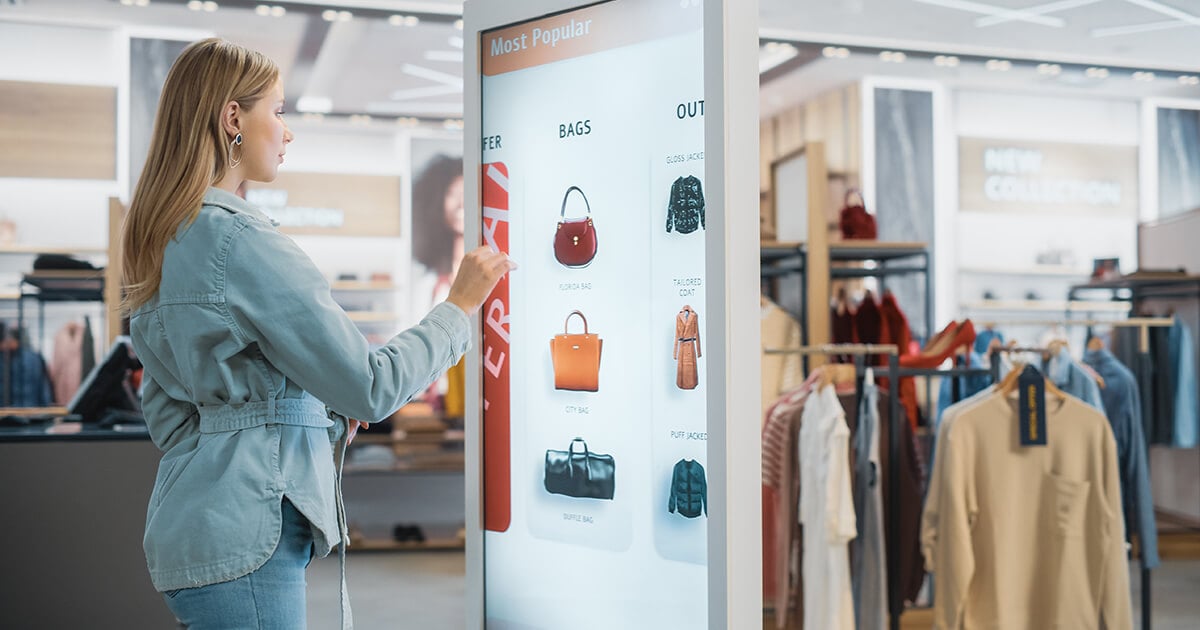
If you love change and innovation, retail is a pretty exciting place to be these days. As fast as developers invent additional ways to gather, slice and dice data, the retail IT industry is finding new places to leverage them. Thanks to these rapid advancements, retailers can get unprecedented insight into what consumers want and how they think and behave, and then harness that knowledge to change up the shopping experience to one that’s more exciting, informed, personal and productive.